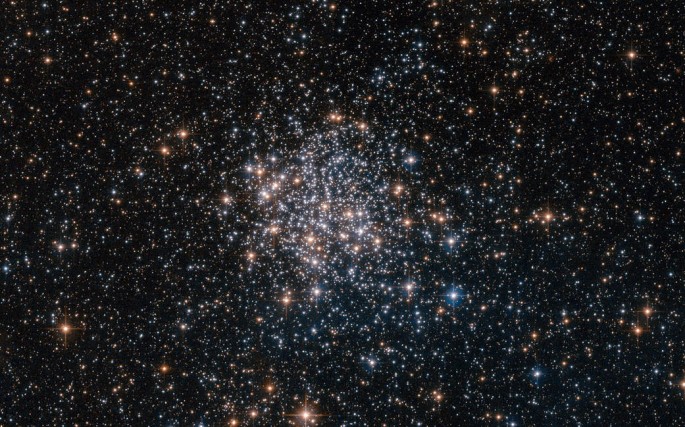The Hubble Space Telescope just revealed a stunning new photo of the star cluster NGC 1854 which is composed of star clusters, dazzling in the hundreds, located at an estimated 135,000 light years away from Earth.
This brightly colored star cluster can be viewed from the Dolphin constellation in the southern hemisphere, where this system is found within the Large Magellanic Cloud that is a close neighbor of the Milky Way galaxy. In this new study, the Hubble offer unprecedented views of these star clusters to astronomers.
NASA scientists reveal that the Large Magellanic Cloud is also a hotbed of intense star formation where this galaxy is found inside this cloud filled with 60 globular clusters and 700 open clusters, all wrapped in interstellar gases and dust. The Large Magellanic Cloud and the Small Magellanic Cloud are also the only two systems that show all the stages of stellar of evolution.
With the help of Hubble's observatory, astronomers are able to identify each individual star inside these massive stellar systems. Astronomers are now able to investigate and measure the size and age of the galaxy and gather crucial clues about the evolution of these stars and galaxies.
This particular star cluster was first spotted in 1826 by astronomer James Dunlop though a telescope. This newest image obtained from the Hubble was recorded by the Advanced Camera for Surveys instrument aboard the space telescope, as this instrument can pierce through the infrared region of the electromagnetic spectrum, including visible light that uses green and infrared filters.
Launched in 1990, the Hubble still produces stunning and unprecedented views of our galaxy and beyond, at 347 miles above the surface of Earth. NASA will extend its Hubble program until at least 2021.



























